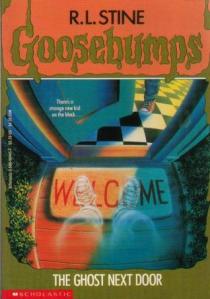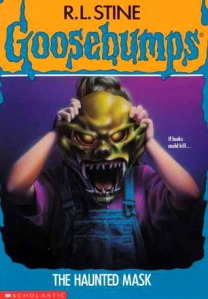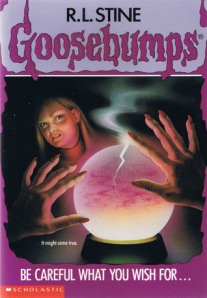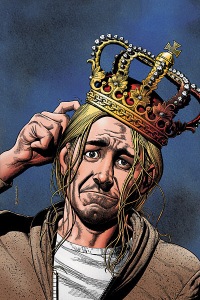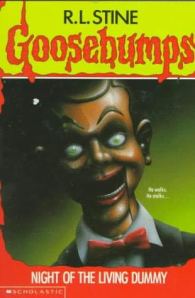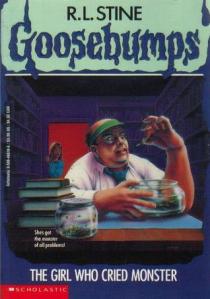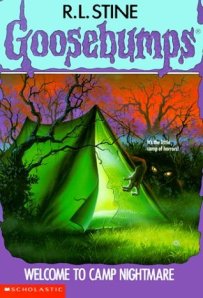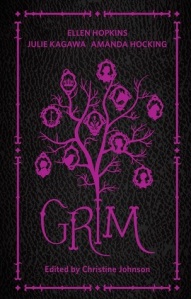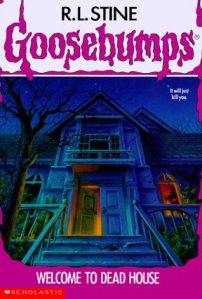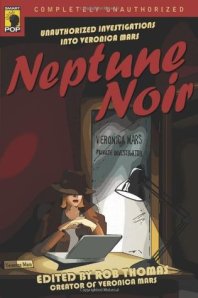My “what I’ve read” versus “what I’ve written about” piles are completely out of balance again, so it’s time for another RRR (rapid response review)! Today’s theme comes from one of my current literary obsessions: YA dystopias.
1. The Eleventh Plague – Jeff Hirsch
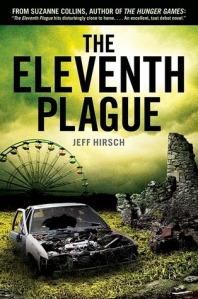
Star Rating: * *
The Eleventh Plague is about a world destroyed, not surprisingly, by plague, and the remaining people are scavengers just trying to survive. At the start of the novel, Stephen must suddenly fend for himself after his grandfather dies and his father is badly injured during an accident. He joins up with group of strangers who take him to a hidden town that has managed to maintain some semblance of order and safety. However, this isolated village is not as perfect as it seems, and Stephen begins to wonder if he’d be safer on his own.
The main problem with The Eleventh Plague is that it is boring. Books don’t need constant action to be interesting, but they must have some believable tension. Hirsch was trying to portray a very insular community where freedoms were restricted in order to ensure social cohesion, but the stakes never seemed that high. The expectations were pretty low (contribute and don’t be disruptive), and readers were only given one example of a family being banished. Additionally, an adopted Chinese teenager named Julie lived in the town, and she faced mistrust and racism from the community, but not nearly as much as I would have expected given the fact that China unleased the plague. Julie refused to participate in community functioning, and caused a lot of havoc and disharmony by fighting. However, the town let her skip school and do her own thing most of the time. She faced little punishment for her indiscretions, and this is surprising as I would assume that fear and distrust could cause people to react violently to a person that they see as an enemy. Many authors have used isolated villages to really explore the horror of human emotions under pressure, but The Eleventh Plague only brushed the surface of human depravity. For a dystopia, it was pretty lightweight, and there are a lot of better books that deal with the subject in a more nuanced and in-depth manner.
2. The Fifth Wave – Rick Yancey
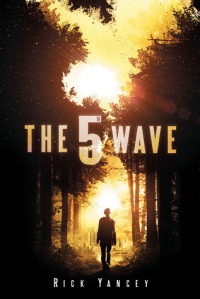
Star Rating: * * *
The Fifth Wave has received a lot of hype this past year, and while it is certainly not one of the best novels that I have ever read, I thought it was quite enjoyable. The story is about an alien species trying to kill off the human race through waves of different attacks. First came the destruction of our technology, then a series of tsunamis that wiped out the coastal regions, followed by a devastating plague, and finally the revelation that some of the aliens had been living among us all along and were quite happy to start killing the remaining humans. Now only a scattered few people remain, clinging to the hope that the government can protect them as they wait for the start of an unknown fifth wave…
My one major complaint about this book was that I really didn’t like the perspective changes. For a good hundred pages, readers follow Cassie, a teenage girl who has managed to survive the first several waves. Then the narrative shifts to Zombie, a teenage boy’s perspective, without any warning. Not only was this transition too abrupt, I wanted more Cassie! Subjectively, I found her more interesting than Zombie and his crew, despite the fact that his plot was essential for the book as a whole. Those who like Ender’s Game, on the other hand, will probably love Zombie’s segments of the book.
Overall, The Fifth Wave was an entertaining read with lots of action sequences and good characters. The plot is a bit stereotypical, but the author manages to keep things interesting regardless.
3. All Our Yesterdays – Christin Terrill
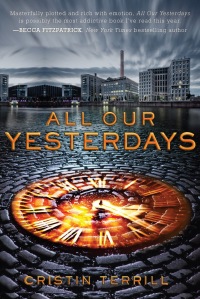
Star Rating: * *
All Our Yesterdays is an overly-promoted YA dystopia that left me disappointed. It is a very exciting and fast-paced book, but it also doesn’t make any sense. The narrative is told from the perspective of one character during two different periods of her life. Em is a young woman kept captive and tortured by an evil scientist, and she and her lover must travel back in time to ensure that this terrible future never occurs. Marina, on the other hand, is a normal teenage girl who has fallen in love with her childhood friend and just wants a happy ending. Marina’s crush is a brilliant young man who graduated early and is already conducting experimental research at a top university. He is, of course, the evil scientist from the future who has invented time travel and remade the world into a terrible place because of the pain that he has suffered after his family died.
The plot of this story is not particularly unique, and the world-building does little to set this novel apart from other dystopias. Readers know that the future is bad, but the author doesn’t give very many details as to what this terrible new world looks like. The characters aren’t particularly compelling, and I often found myself frustrated with them. For example, Em knows that she absolutely must kill James, but despite having several opportunities to do so, she keeps avoiding taking this final step. While I do accept that killing people is something that most people are going to struggle with, this is a person that Em knows will torture her and her loved ones in the future. Her hesitancy is questionable if the future is as bad as she claims that it is. Furthermore, her younger self, Marina, is a terribly valid and insipid character. Her life is centered around her crush on James, and this informs basically every action that she takes. She has few positive characteristics to endear her to readers, and generally acts like a silly, flighty, often mean-spirited brat. She is certainly not the worst character in terms of attitude, but I didn’t find her very interesting or enjoyable to follow. Being that I liked neither her nor Em, it was hard to really get into the story, and the plot inconsistencies involving time travel made my heart hurt. This is definitely not a book on my recommend pile.
4. Fallen World Series: The Way We Fall and The Lives We Lost – Megan Crewe
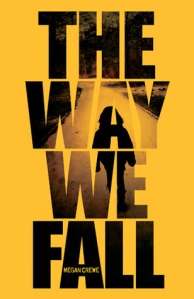
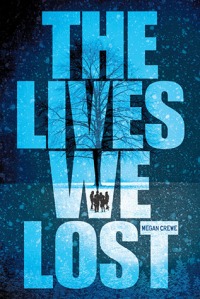
Star Rating: * * * / * *
The Way We Fall is a plague-based dystopia set in Canada. Since I am Canadian and I really like medical-based thrillers, this book won a lot of points from me just for existing. The story involves a teenage girl, Kaelyn, who lives on an island that is beset by a strange flu that causes people to slowly lose their inhibitions and eventually die while suffering terrible hallucinations. The island gets cut off from the mainland, and society begins to crumble as more and more people become ill. Kaelyn’s father is a research doctor and he is working frantically to figure out what is going on, but with food becoming scarce and families being torn apart by disease, someone needs to set up and try to maintain order in the town. Kaelyn and several other teens take on this task, praying that the mainland will come to save them soon.
Kaelyn’s story is told through journal entries that she is writing to a friend that she has had a falling out with. I found this to be an excellent frame for the plot since it allowed Kaelyn time to reflect on what was happening before she told her story, and the format mirrors the desire that many people have to “communicate” with someone even when they are no longer part of one’s life.
The Lives We Lost begins with the island re-establishing contact with the mainland. The characters find out that the plague made it to the rest of the world, causing mass devastation. Now Kaelyn and her friends must take the vaccine that her father prepared to a group of scientists in Ontario.
Unfortunately, this second book of the Fallen World series was a lot weaker than the first. While I do appreciate it when YA protagonists are allowed to act like young adults, I found that most of the characters were irritatingly obtuse. For example, when Kaelyn finds the vaccine, she decides that she must deliver it to other scientists as soon as possible because the vaccine must be kept at a particular temperature and she is worried that the generators on the island will fail. Being that I have to take a temperature-controlled medication myself, I know how nerve-wracking it can be to have to protect your meds in less-than-perfect situations. However, the last thing in the world that I would do with my medication is to take it on a long hike in a Canadian winter because, at least in Ontario where Kaelyn ends up, the temperatures can easily dip below -30C. There is no way in hell that a vaccine would survive a trip like the one she took, and this was only one of the flaws that I found in the mechanics of the plot. I will be reading the third book in the series because now I feel invested in seeing what happens to the world, and I am really hoping that this final installment improves.
5. Life as We Knew It – Susan Beth Pfeffer

Star Rating: * * * *
Life as We Knew It remains one of the most affecting YA dystopias that I’ve read all year. It’s about a world where the moon has shifted orbit due to an asteroid crashing into it, resulting in the climate changing dramatically, and humanity is now struggling to survive. The book is told through the eyes of Miranda, a high school age teenager living in a small town with her family. Her mother is smart enough to recognise the first signs of trouble, and she makes sure that her family has enough supplies to support themselves while the world crumbles around them. Canned goods, however, don’t last forever, and illness and injury are things that your average North American family can’t always handle on their own. The group starts to struggle as it becomes more and more apparent that there isn’t a government left to save them and hard choices must be made.
The only thing that really bothered me in Life as We Knew It was the fact that Miranda’s family was so worried about ensuring that her youngest brother would survive. It is true that many people try to protect the most vulnerable around them, but the explanation given by the family was that Jon was the most likely to survive the apocalypse, so all the family resources should be focused on him. Jon, however, was 12. Miranda was 15-16 years old, and Matt was around 19 years old. These older teens were more likely to be able to take care of themselves and survive than the kid who still needed a babysitter before the world ended. This “feed Jon at all costs and let everyone else die” wasn’t a story-breaking issue, but it did irk me that the rest of the characters were so ready to sacrifice themselves so stupidly.
Unfortunately, despite the fact that I really enjoyed this book, the rest of the series is not something that I want to read. The perspective changes multiple times, and the characters develop into people that I don’t particularly like. So for those going forward with Pfeffer’s novels, you might have to check out a few plot synopses first.


